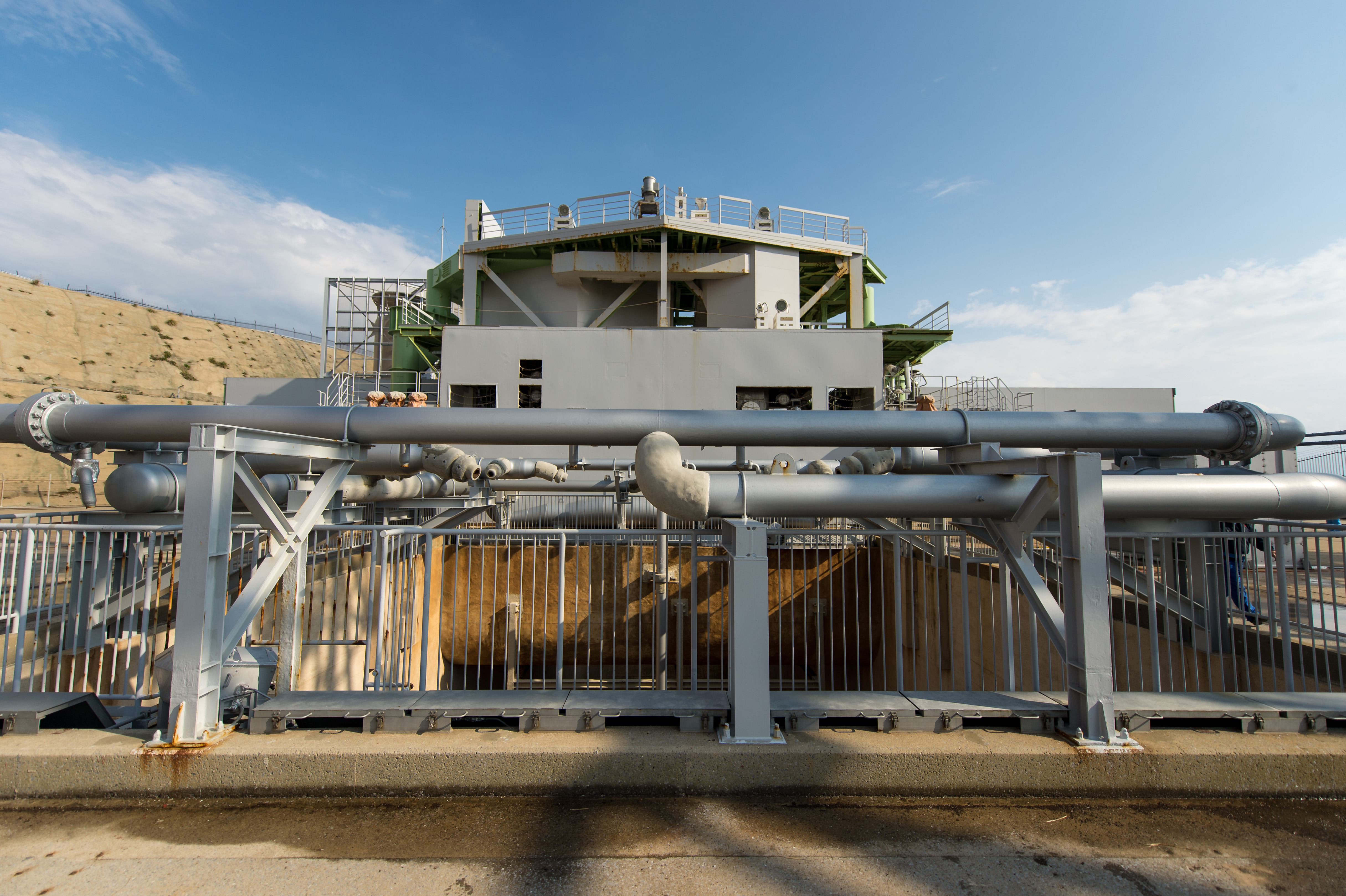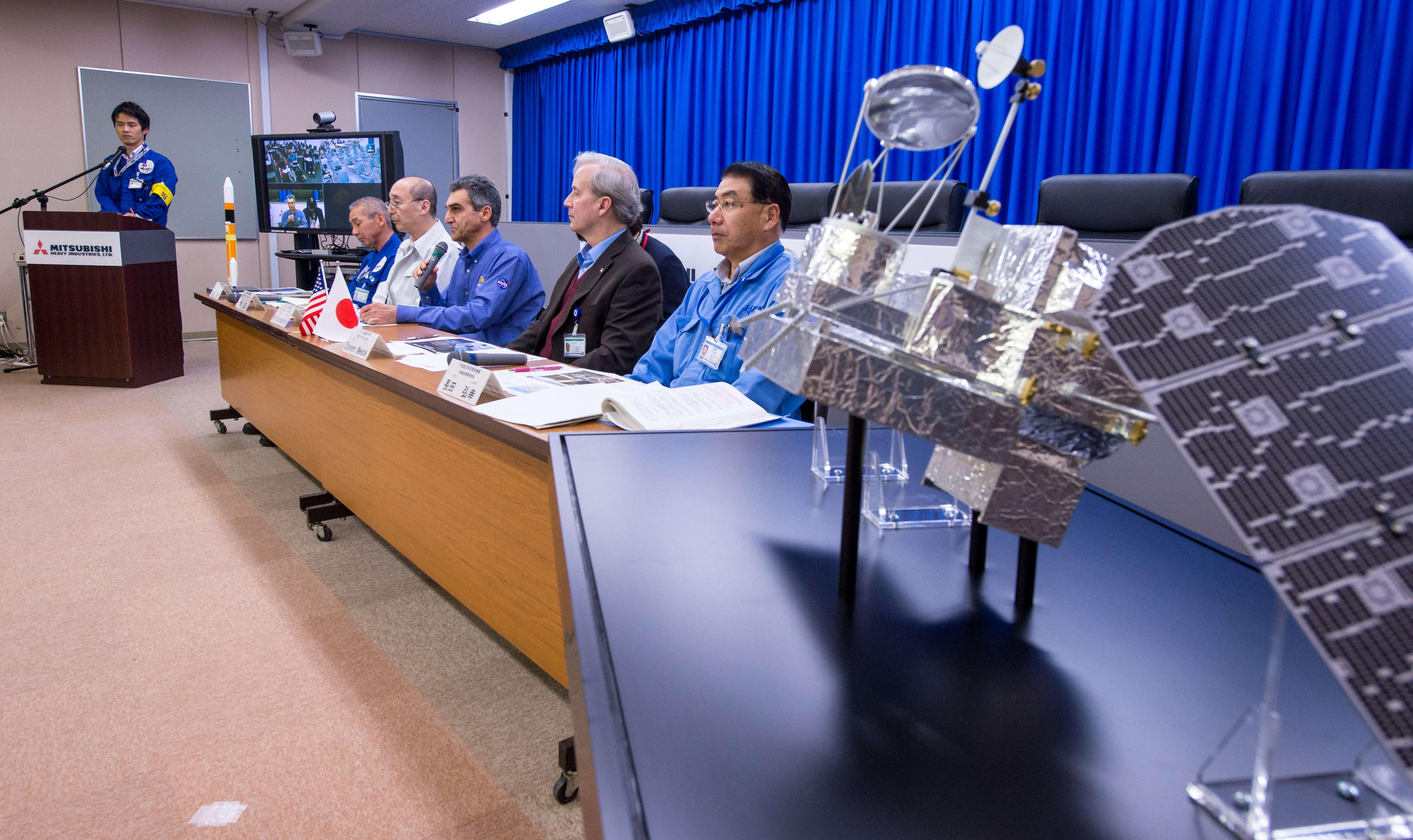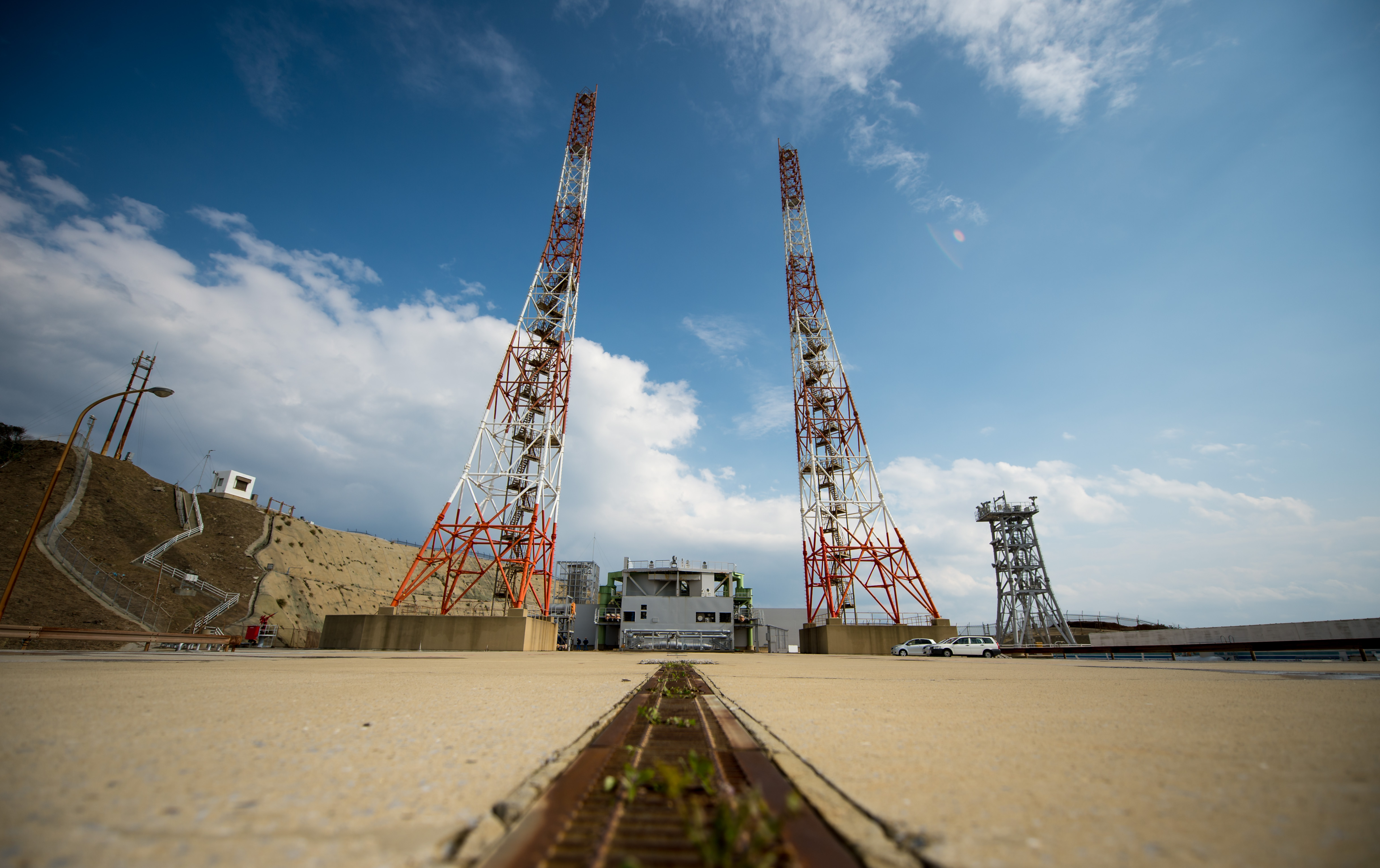launch
Waiting for Launch
The Global Precipitation Measurement mission's Core Observatory is poised for launch from the Japan Aerospace Exploration Agency's Tanegashima Space Center, scheduled for the afternoon of Feb. 27, 2014 (EST).
GPM is a joint venture between NASA and the Japan Aerospace Exploration Agency. The GPM Core Observatory will link data from a constellation of current and planned satellites to produce next-generation global measurements of rainfall and snowfall from space.

Launch pad 1 is seen at the Tanegashima Space Center (TNSC) on Monday, Feb. 24, 2014 in Tanegashima, Japan. A Japanese H-IIA rocket carrying the NASA-Japan Aerospace Exploration Agency (JAXA), Global Precipitation Measurement (GPM) Core Observatory is planned for launch from pad 1 on Feb. 28, 2014. Once launched, the GPM spacecraft will collect information that unifies data from an international network of existing and future satellites to map global rainfall and snowfall every three hours. Photo Credit: (NASA/Bill Ingalls)
GPM Technical Briefing

Seated from left: Tatsuo Namikawa, Director, Mitsubishi Launch Site Service Team (MILSET), Mitsubishi Heavy Industries, Ltd., Masahiro Kojima, GPM Dual-frequency Precipitation Radar project manager, Japan Aerospace Exploration Agency (JAXA), Art Azarbarzin, NASA Global Precipitation Measurement (GPM) project manager, Steven Neeck, NASA Deputy Associate Director, Flight Programs, Earth Science Division, and, Hiroyuki Nagata, Director Range Technology Development Office Space Transportation Mission Directorate, Japan Aerospace Exploration Agency (JAXA) are seen during a technical briefing for
GPM's Last Stop Before Orbit
Art Azarbarzin, NASA's Global Precipitation Measurement mission project manager, and Mashahiro Kojima, the Japan Aerospace Exploration Agency's GPM/DPR project manager, reflect on the long journey the GPM Core Observatory spacecraft has taken to reach its last stop before orbit, the Tanegashima Space Center, Japan, from where the mission's Core Observatory is scheduled to launch on the afternoon of Feb. 27, 2014 (EST).
GPM Confirmed for Launch
GPM Launch Site at Tanegashima Space Center

Launch pad 1 is seen at the Tanegashima Space Center (TNSC) on Monday, Feb. 24, 2014 in Tanegashima, Japan. A Japanese H-IIA rocket carrying the NASA-Japan Aerospace Exploration Agency (JAXA), Global Precipitation Measurement (GPM) Core Observatory is planned for launch from pad 1 on Feb. 28, 2014. Once launched, the GPM spacecraft will collect information that unifies data from an international network of existing and future satellites to map global rainfall and snowfall every three hours. Photo Credit: (NASA/Bill Ingalls)
Pyrotechnics and Fueling for HII-A Rocket
Checks Performed on HII-A Rocket Electrical and Propulsion Systems
GPM Launch Rehearsal

A good luck "Daruma Doll" is seen amongst the NASA GPM Mission launch team in the Spacecraft Test and Assembly Building 2 (STA2) during the all-day launch simulation for the Global Precipitation Measurement (GPM) Core Observatory, Saturday, Feb. 22, 2014, Tanegashima Space Center (TNSC), Tanegashima Island, Japan. One eye of the daruma doll is colored in when a goal is set, in this case a successful launch of GPM, and the second eye is colored in at the completion of the goal.

